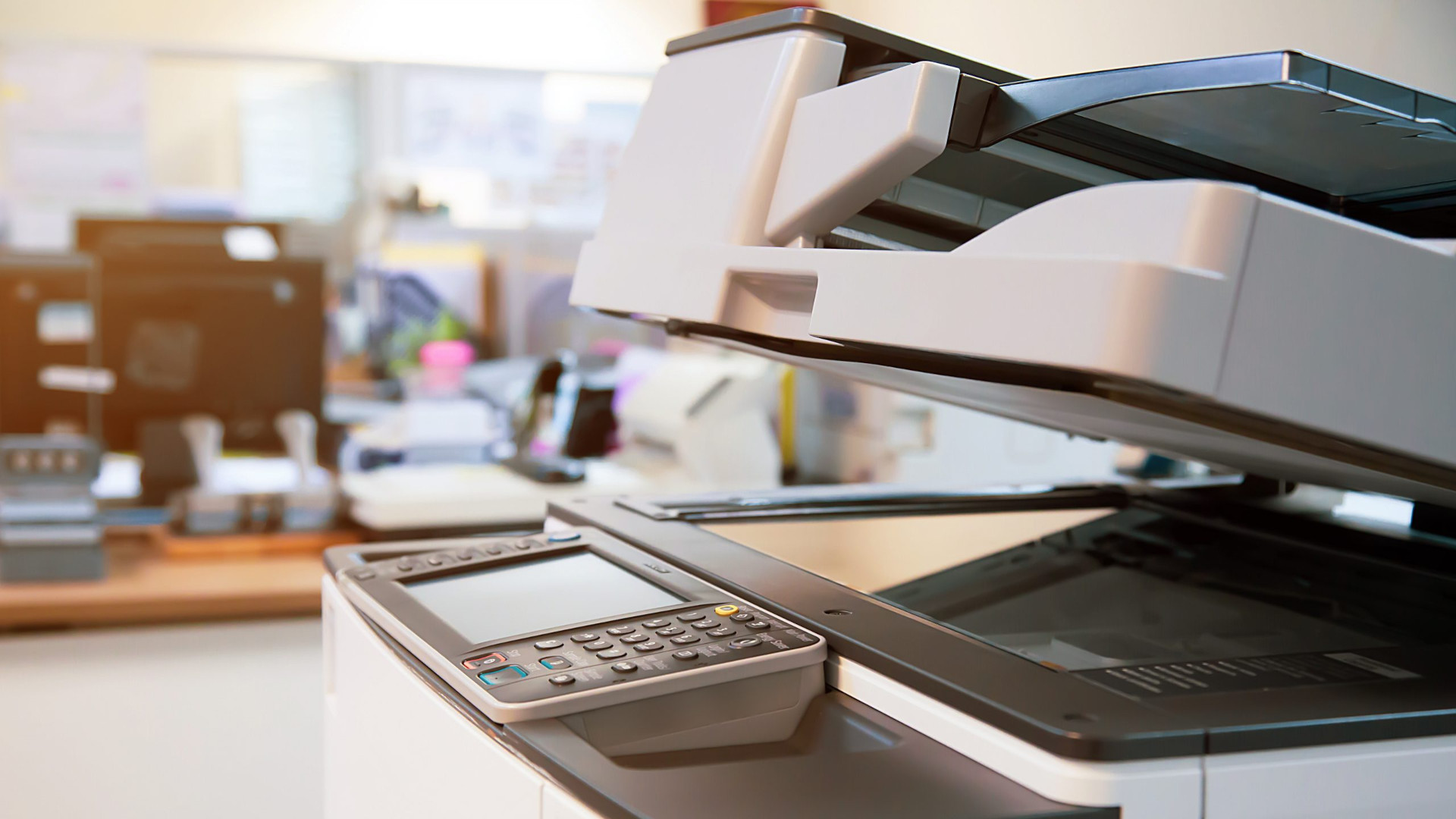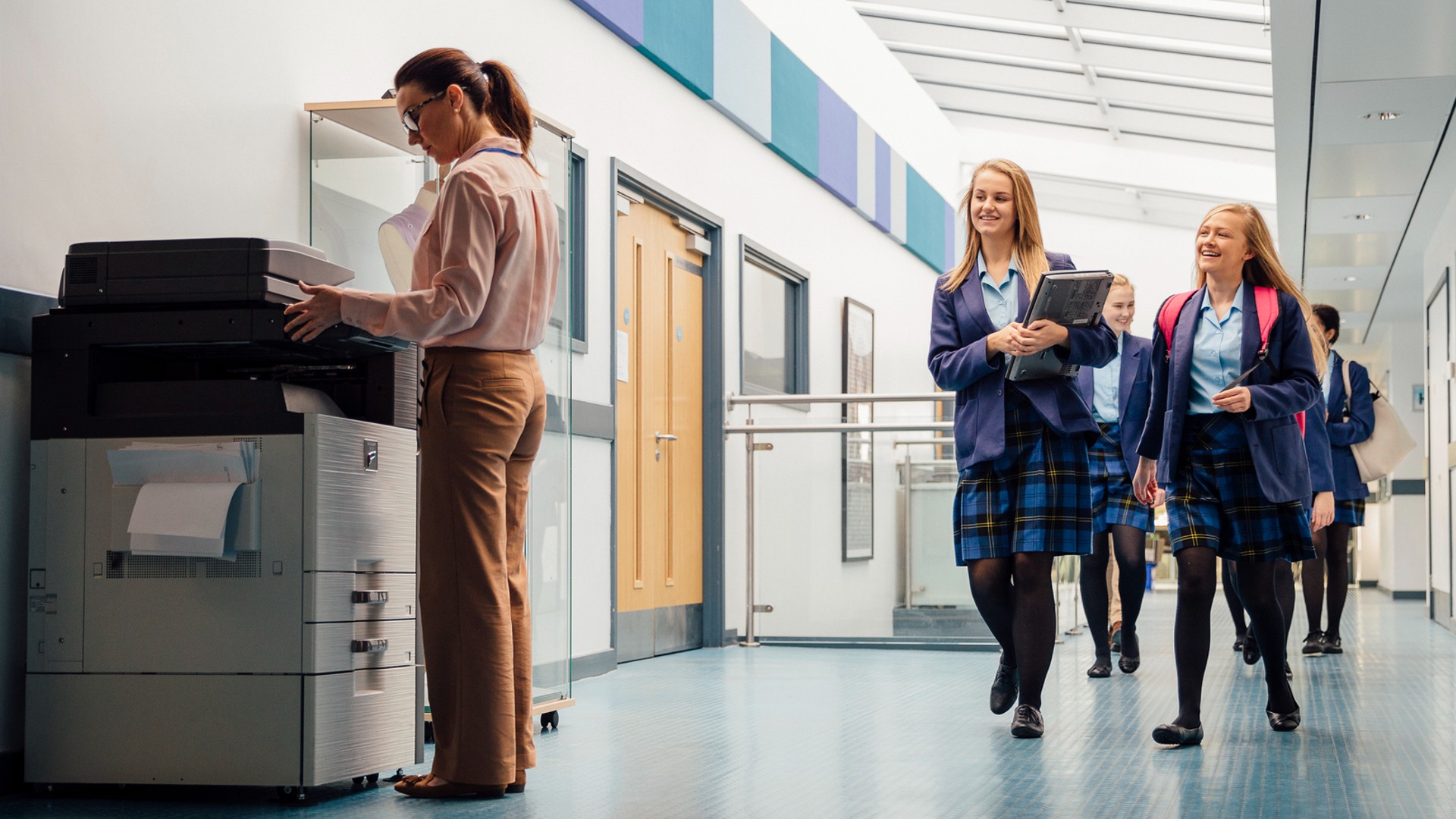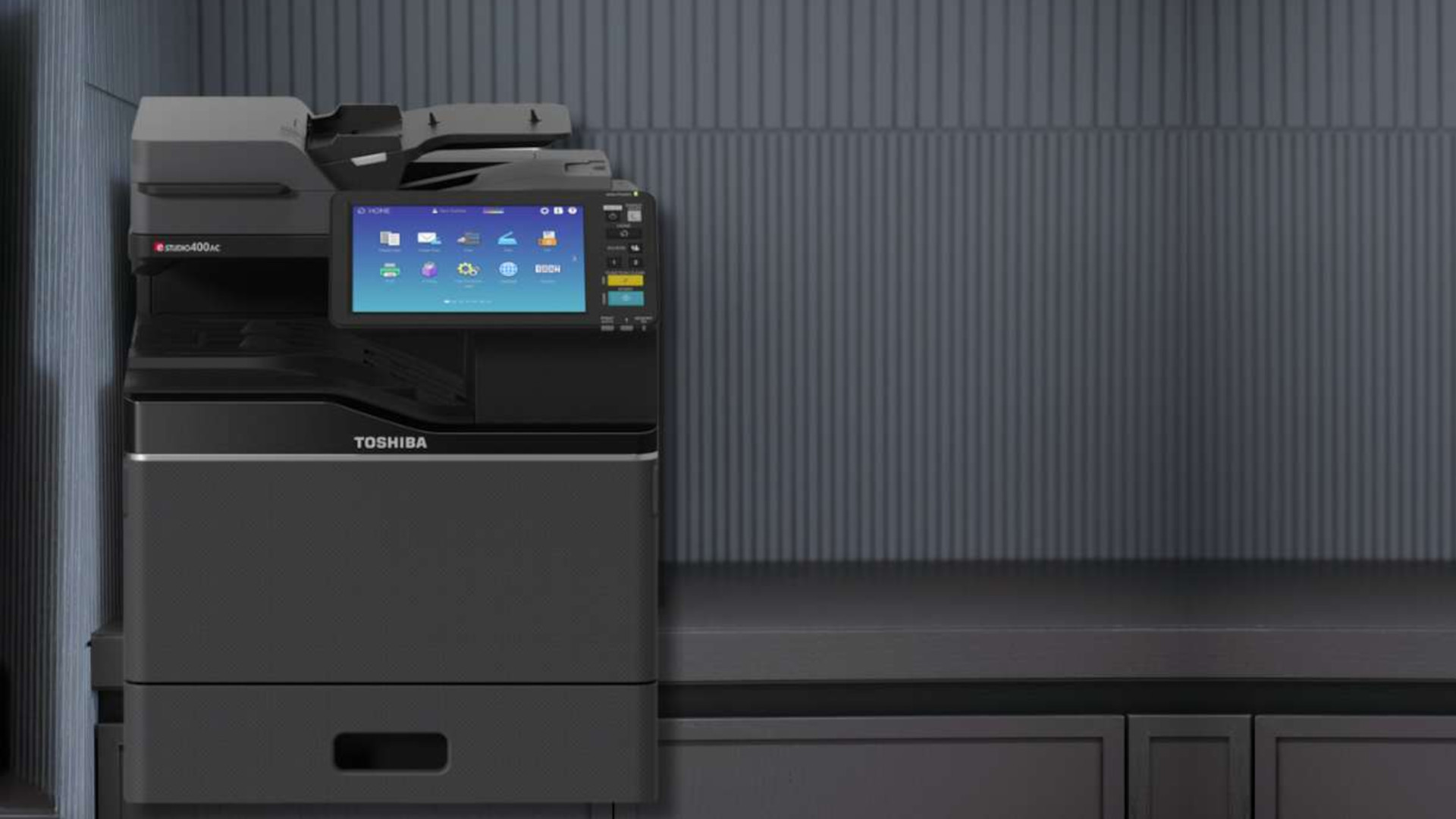What to Know About Buying A School Copier
When buying a school copier it's important to consider a range of factors, from cost to key features to potential uses.

If you're considering buying a school copier you were right to do some research first. Yes, these can be simple-to-use tools that make printed material more powerful in schools, presuming you pick the correct one. A lot to consider here!
You may already have one of the best printers for schools but now want a dedicated copier. The advantage here is that a copier is built to task, so even bulk copy jobs can be done quickly and with professional results.
Before you buy, you may want to consider a few factors, such as: Who will be using this? Is the copier required to offer both mono and color outputs? Does it need to work totally automatically? And will you need built-in options such as binding, collating, or stapling?
Space is another big consideration as these can be bulky units. That in mind, connectivity is important as you may need a wireless unit if there is only one place it fits and no internet cabling is there, for example.
Cost is a big consideration up front but don't forget to keep longer-term running costs in mind, too. It's also worth noting that most copiers also offer print functions, so perhaps to research what's needed there as well.
All that covered, here are the main points you need to consider when buying a school copier.

Image quality
Image quality is the paramount consideration as a truly useful copier does as its name suggests and produces like-for-like copies, no matter the input. So from photo images to printed words, the end result should be be an exact copy.
Tools and ideas to transform education. Sign up below.
Of course, you may only be using this for text, in which case you could make a saving by going for a monochrome-only option, if available. That can mean a laser option that offers super clear and well-defined text for high-speed copying, that's also more affordable than its ink-based alternative.
Look at resolutions, often shown as DPI or PPI, in which the higher is better in terms of quality output when it comes to detail. But also consider the paper types that you will need to output to, as some copiers may allow for variations from the original, for example to size up, or output on different media types.
Type
Several different copier types are available, each with multiple positives and negatives. The main ones are varied by print format and include inkjet, laser-toner, and multifunction. Since copiers are built for bulk jobs, most are laser-toner, due to efficiency.
Inkjet copiers are more affordable up front but then you will pay more for ink cartridges as these need to be refilled. Laser is more expensive initially but then the toner cartridges will go further, so it should work out more affordable in the longer term.
While laser is fast and produces more accurate text copy, inkjets generally offer better quality photo and color production. So you may want to consider which you will require more.

Speed
Since copiers are ideally suited to bulk jobs, you will want to look at the output speed of the model you are considering. A single page from one printer type may only print a fraction of a second faster than another type's output -- but across thousands of pages that could make a difference.
Laser copiers are generally much faster than inkjet models. While inkjets usually offer around 5-20 pages per minute, laser models can produce 20-40 pages per minute.
Since laser copiers are made for bulk jobs, these can handle monthly print volumes in the thousands, while inkjets will usually have a duty cycle of under the 1,000 mark per month.
Consider paper handling too, as a device with an auto feed can make bulk jobs far more easier, saving on admin time.
Paper types
Both laser and inkjet copiers have a variety of paper options with which to work. However, it is inkjet that generally has more paper options, making it better for more artistic and creative print jobs.
Since inkjet will work with more paper types as well as finishes, it can make this type better suited to photo printing. For example, you may find that an inkjet copier can print from glossy photos onto glossy paper for a perfect output -- perhaps made larger or smaller to suit needs, too.
If you want to print to objects such as labels, plastics, and more, then you will want to check the output options for that particular printer. Although generally it is inkjet that has more varied options.
Pricing
As mentioned, it's the laser copiers that will cost you more up front, but then the toner cartridges can last longer and output more copies. Inkjet printers can seem appealing at first due to the lower upfront cost, but the ink costs will be higher in the longer term.
Another ongoing cost is power consumption so take this into account. Look for features such as sleep modes and dual-sided printing as considerations for ways to save on longer-term costs.
It's also worth considering the brand you pay for as ongoing maintenance will be required. So it may be worth paying a little more for a known and reputed brand that offers good support to ensure your copier goes the distance and stays running when really needed.
Luke Edwards is a freelance writer and editor with more than two decades of experience covering tech, science, and health. He writes for many publications covering health tech, software and apps, digital teaching tools, VPNs, TV, audio, smart home, antivirus, broadband, smartphones, cars and much more.
